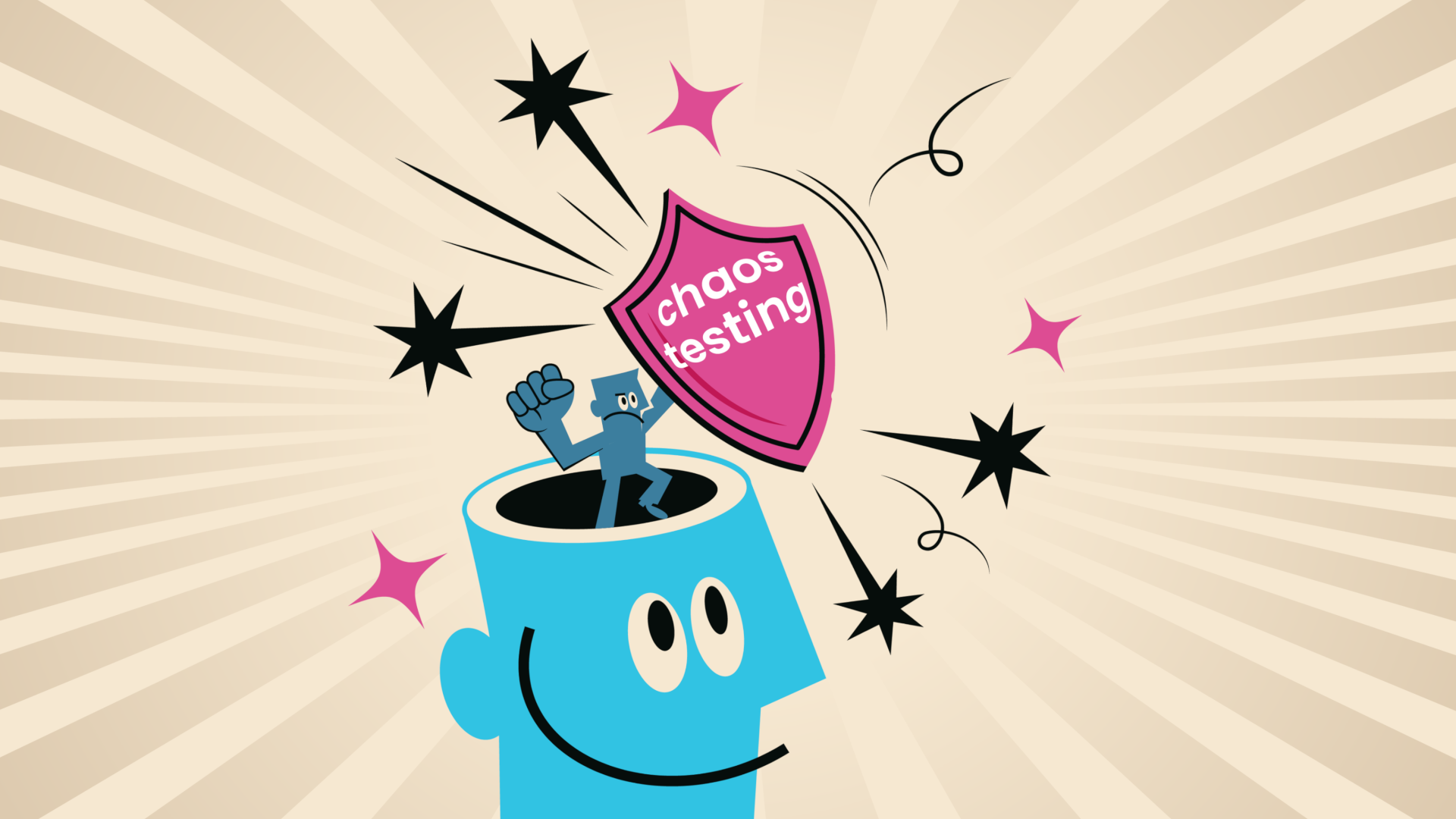“From Chaos Comes Order” the maxim goes – and when it comes to testing the resilience of CockroachDB, we couldn’t agree more.
Cockroach Labs’ Technical Evangelist Rob Reid just loves trying to break things, and our own cloud-native distributed SQL database is not immune from this impulse. He recently devoted screen time to pushing CockroachDB hard in tough conditions, just to watch it push back.
The result is a highlight video for our YouTube channel: "Chaos Testing CockroachDB | Behind CockroachDB's Resilience." Reid gets database devious in this adventure, subjecting CockroachDB to tough setbacks so we can watch it react.
"Chaos Testing CockroachDB | Behind CockroachDB's Resilience."
Ride along as we pummel our sweet distributed SQL database. Reid unleashes Chaos Mesh and comprehensive chaos engineering unfolds: Despite a hostile bid to conquer CockroachDB in a Kubernetes environment, the tests demonstrate how it thrives under adverse conditions.
What happens to CockroachDB during a pod failure? A network partition? What’s its response to packet corruption, or Reid’s meddling with a Persistent Volume Claim (PVC)? How does CockroachDB’s highly resilient design counter these disruptions?
What is chaos testing? In an unforgiving world where Murphy’s Law rules, chaos testing is crucial for ensuring database resilience. By intentionally introducing faults and disruptions, chaos testing reveals hidden vulnerabilities and verifies that our cloud-native distributed database can take on real-world failures. This proactive approach ensures that CockroachDB delivers high availability – so you can scale confidently and deliver always-on customer experiences.
“Sit back and get comfortable,” urges Reid at the outset, “This will be a chaotic one.”
Learn more about how CockroachDB brings extreme resilience to IT Infrastructure.
David Weiss is Senior Technical Content Marketer for Cockroach Labs.





